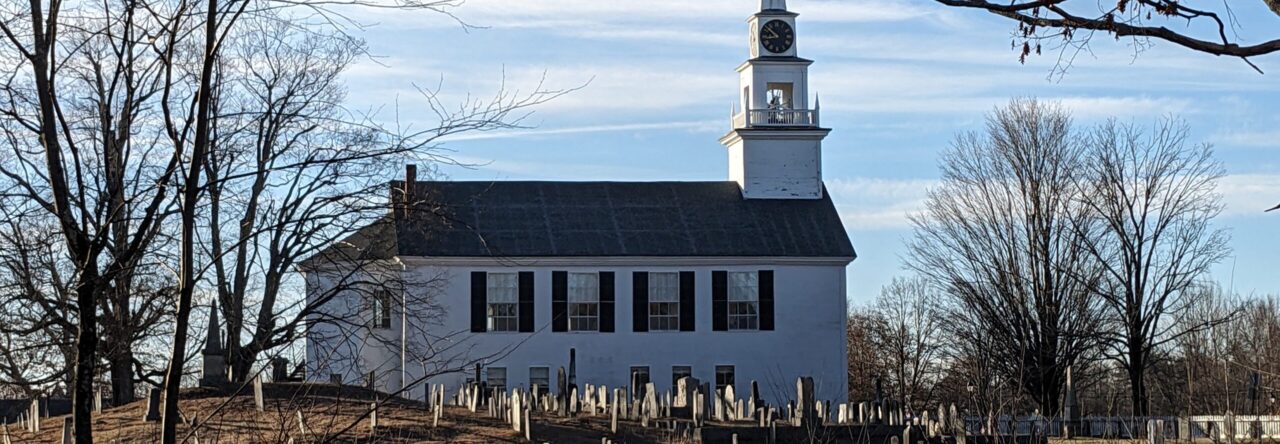by David Lister
Cheshire Place was the creation of one man with a singular vision, Jonas Wilder. Mr. Wilder was born in Sterling, Massachusetts in 1832, and moved to Rindge just prior to the Civil War. He purchased 50 acres of land in East Rindge, and established a sawmill and manufacturing facility in 1857. By 1861 he had partnered with Abram Lawrence and Joel Wellington, and for reasons unknown, the business failed, leaving Wilder with considerable debt. Apparently the business failure soured his relationship with his former partners, and Wilder returned to Sterling, Massachusetts.
Wilder soon moved on to New York City, apprenticed as a tailor, and then purchased and expanded his tailor shop. It was during this time that it was thought that Wilder came up with the idea of sized paper patterns for garments that could be used by the average housewife to sew clothes, an innovation that did not at this time exist in the marketplace.
By 1863, according to Wilder’s log book, he had partnered with two boyhood friends with a tailor’s shop in Fitchburg Massachusetts. Wilder, Ebenezer Butterick, and Abner Pollard created a partnership known at the time as the Butterick Dress Pattern Company. There is some uncertainty about whether the original concept of sized paper patterns for garments was Wilder’s or Butterick’s, but the partnership, in large part due to Jonas Wilder’s skill in sales, was great success.
Wilder had, over time, decided that his next endeavor would be to create a self-contained community, and chose Rindge as the place to build it. In 1882, a corporation Wilder formed, known as the Cheshire Improvement Company, had purchased approximately 7,200 acres of land, mostly in Rindge but including a large tract of woodland that extended well into neighboring New Ipswich. The large-scale construction efforts that followed resulted in one of the largest farmstead developments New England had ever seen.
The 20 small farms that existed on Wilder’s new land were restocked and renovated. Wilder’s 40-room mansion was soon surrounded by a vast array of fields, barns, shops, mills, and dormitories. Among the goods produced by Cheshire Place were lumber, bricks, bobbins, clothespins, and cider. There were large quantities of livestock, and a veterinary hospital. Windmills powered an underground water system. It is estimated that during its heyday, Cheshire Place perhaps employed 500-1,000 workers, including many Irish immigrants that were responsible for the excellent stonework that exists to this day.
Just a year before he died, in 1893, Jonas Wilder opened Cheshire Place to the public. With his death, the estate was closed down. The Butterick Company eventually reopened Cheshire Place on a much smaller scale, selling off much of the estate during the early 1900s.
In the 1920s the remainder of the property was purchased by Jonas Wilder’s son George, who had most of the buildings dismantled, leaving the original mansion intact. When George passed away in 1931 the estate was sold. Today the remaining land, the surviving portion of the original mansion, and a few outbuildings comprise the home of Hampshire Country School.
The most visible reminders of Jonas Wilder’s vision consists of that mansion, as well as many cellar holes where the buildings once stood, and the many beautifully constructed stone walls that snake along the roads and fields of what was once Cheshire Place.
